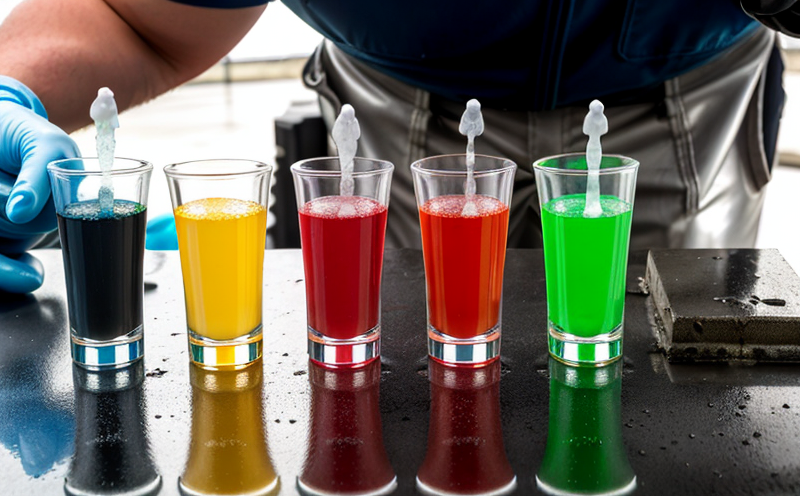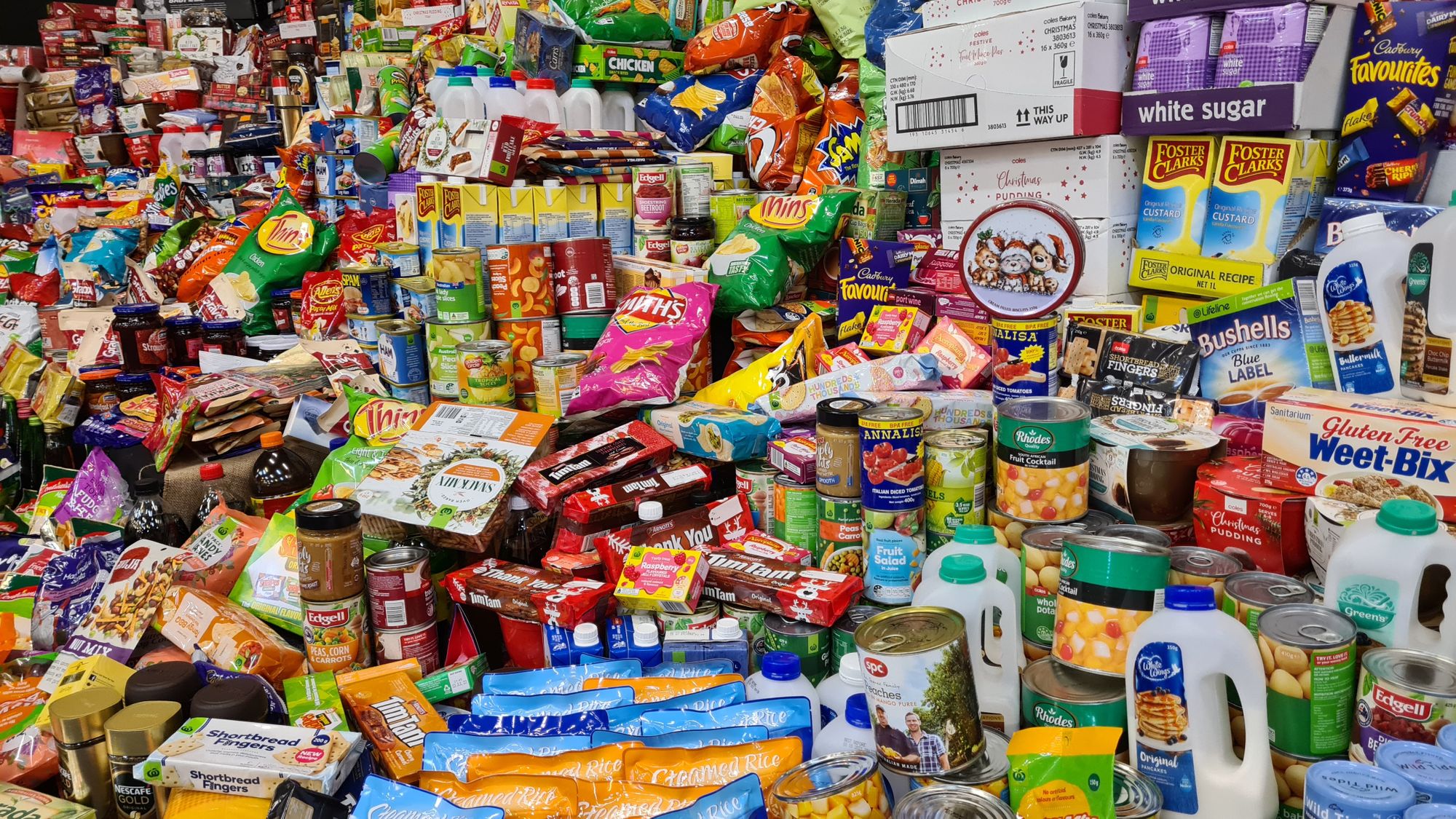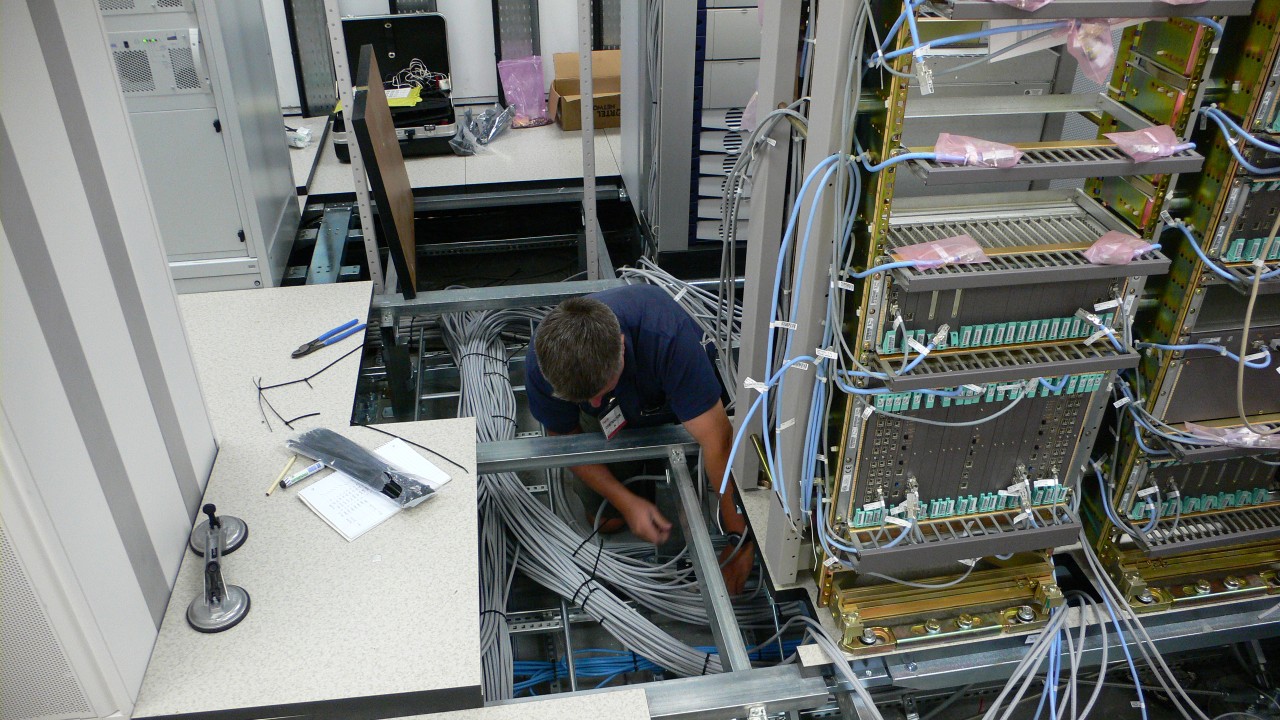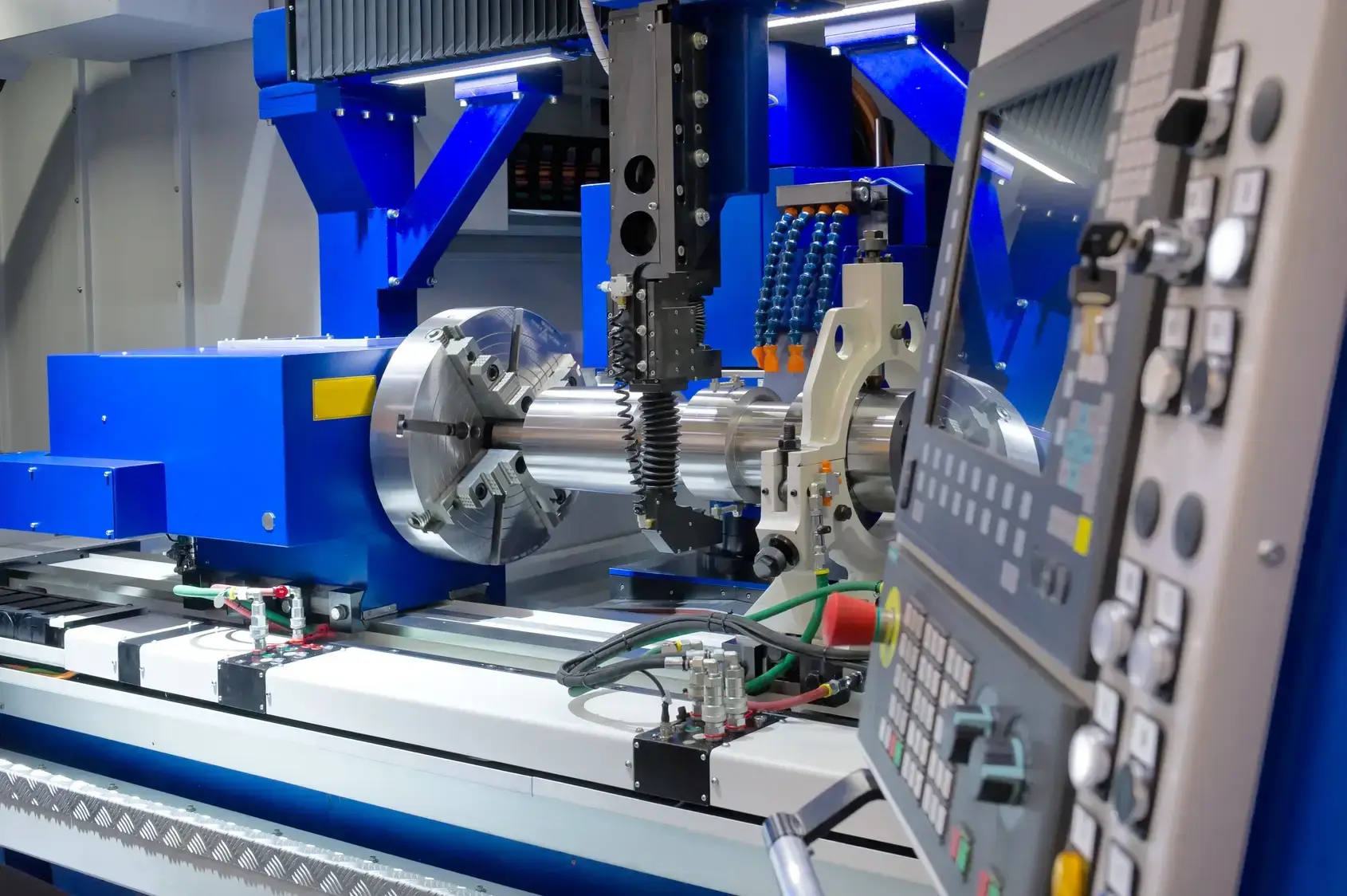Testing the pH levels of chemicals and their relationship to the corrosivity of substances on surfaces
Understanding the Crucial Connection between pH Levels and Corrosivity A Laboratory Service by Eurolab
As a business owner, managing the safety and efficiency of your operations is paramount. One crucial aspect that often goes unnoticed is the corrosivity of substances on surfaces. This phenomenon can lead to costly equipment damage, reduced productivity, and even pose health risks to employees. To mitigate these risks, its essential to test the pH levels of chemicals and understand their relationship to corrosivity. At Eurolab, our laboratory service provides accurate and reliable results, empowering businesses like yours to make informed decisions about material selection, storage, and handling.
The Importance of pH Levels in Chemical Corrosivity
pH levels play a vital role in determining the corrosive properties of substances. The pH scale ranges from 0 to 14, with 7 being neutral. Values below 7 are acidic, while those above 7 are alkaline. This simple measurement has far-reaching implications for industries involving chemicals, manufacturing, and construction.
The Consequences of Ignoring Corrosivity
Equipment damage Corrosion can lead to costly repairs or even replacement of equipment.
Reduced productivity Corrosive substances can cause downtime due to maintenance or replacement.
Health risks Exposure to corrosive substances can harm employees, resulting in lost time and increased healthcare costs.
Environmental concerns Improper handling and disposal of corrosive substances can contaminate soil and water.
The Benefits of Testing pH Levels with Eurolab
Testing the pH levels of chemicals and their relationship to corrosivity is a critical step in ensuring business continuity and employee safety. Our laboratory service at Eurolab offers numerous benefits, including
Accurate results Our state-of-the-art equipment and expert technicians provide precise measurements, enabling informed decision-making.
Timely results We understand the importance of swift action, which is why we strive to deliver rapid turnaround times without compromising accuracy.
Comprehensive reporting Our detailed reports outline pH levels, corrosivity ratings, and recommendations for handling and storage, empowering businesses to take proactive measures.
QA Frequently Asked Questions about Testing pH Levels
Q What types of substances can be tested for pH levels?
A We test a wide range of chemical substances, including acids, bases, and salts. Our experts will work with you to determine the best testing methods for your specific materials.
Q How do I prepare samples for testing?
A Please follow our guidelines for collecting and preparing samples. This ensures accurate results and minimizes delays in processing.
Q What if my company has a large quantity of substances to be tested?
A We offer customized solutions for bulk testing, ensuring that your business can efficiently manage its chemical inventory while maintaining safety standards.
Putting Theory into Practice Case Studies from Eurolab
Industrial cleaning solutions A manufacturing client discovered that their commonly used cleaning agents had corrosive properties. By adjusting the pH levels and formulation, they significantly reduced equipment damage and maintenance costs.
Wastewater treatment plants A wastewater management facility implemented our testing services to monitor pH levels in their treated water. The results enabled them to adjust treatment processes, resulting in improved water quality and reduced environmental impact.
Conclusion
In conclusion, understanding the relationship between pH levels and corrosivity is a critical aspect of business operations. By partnering with Eurolab, youll gain access to expert laboratory services that provide accurate and timely results. Our comprehensive reports empower businesses like yours to make informed decisions about material selection, storage, and handling.
Dont wait until its too late invest in your companys safety and efficiency today by testing the pH levels of chemicals with Eurolab.
-
Testing chemicals for their ability to cause damage to metals, plastics, and other materials
-
Simulating exposure to corrosive chemicals to evaluate their impact on materials used in industrial applications
-
Determining the level of corrosion that a chemical can cause on different surfaces over time
-
Evaluating the effect of temperature, humidity, and pressure on the corrosivity of chemicals
-
Testing the corrosivity of chemicals used in cleaning agents, solvents, and industrial processes
-
Ensuring that chemicals used in manufacturing do not lead to the degradation of equipment or infrastructure
-
Testing for the presence of corrosive substances that could pose a threat to workers and the environment
-
Simulating long-term exposure to determine the corrosive effects of chemicals during storage and transportation
-
Evaluating the resistance of coatings and protective materials against corrosion caused by chemicals
-
Testing the effects of chemical spills and leaks on the corrosion of pipelines, tanks, and machinery
-
Assessing the corrosivity of chemicals under extreme environmental conditions such as high temperatures and pressures
-
Testing the interaction between chemicals and metallic components used in construction or automotive applications
-
Ensuring that materials exposed to chemicals are resistant to corrosion in critical industrial settings
-
Verifying that chemical products comply with industry regulations regarding corrosivity and material safety
-
Testing the effectiveness of corrosion inhibitors in preventing chemical damage to metal surfaces
-
Determining the corrosion rates of chemicals used in aggressive environments like offshore drilling and chemical processing
-
Evaluating the impact of exposure to moisture, salt, and other environmental factors on the corrosive properties of chemicals
-
Simulating exposure to chemicals in real-world environments to assess their potential to cause corrosion over time
-
Assessing the long-term impact of chemicals on the integrity of storage containers, pipes, and tanks
-
Testing the effect of chemical interactions on corrosion rates when chemicals are mixed with other substances
-
Ensuring that chemicals used in coatings and paints do not cause corrosion over time in various environmental conditions




